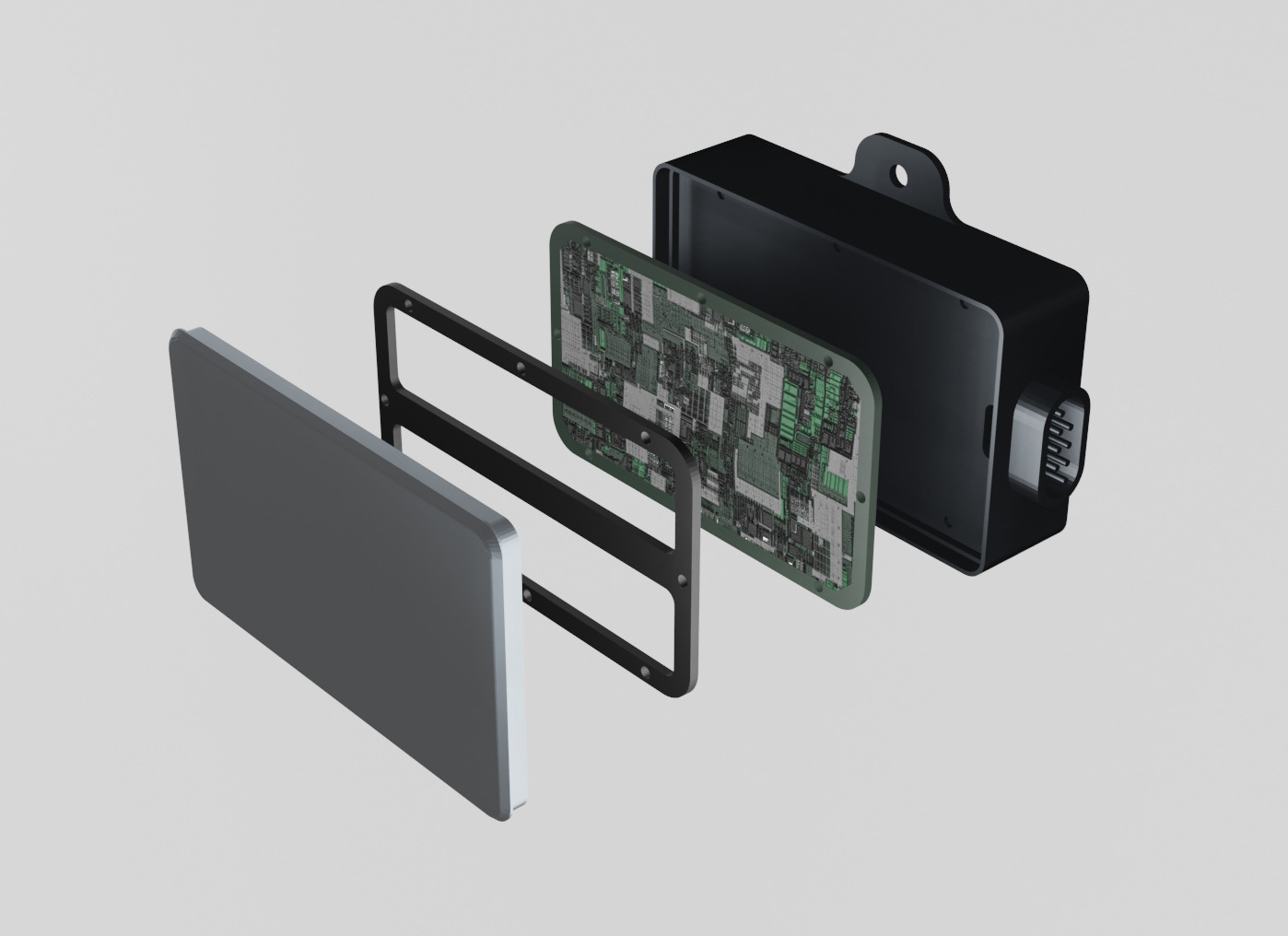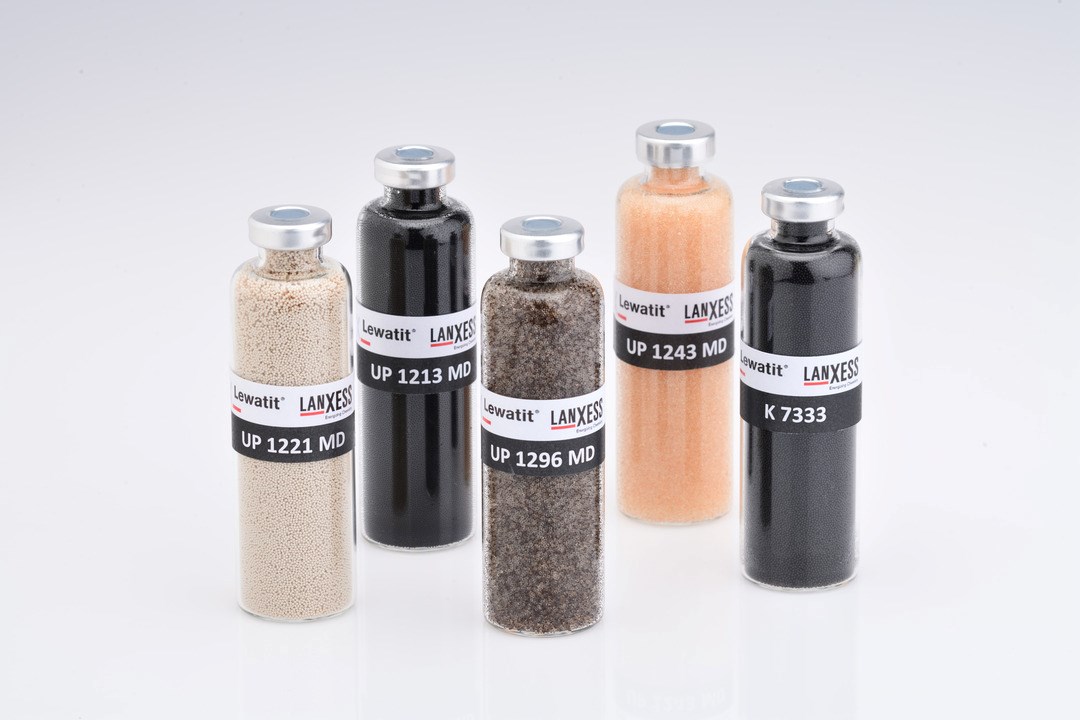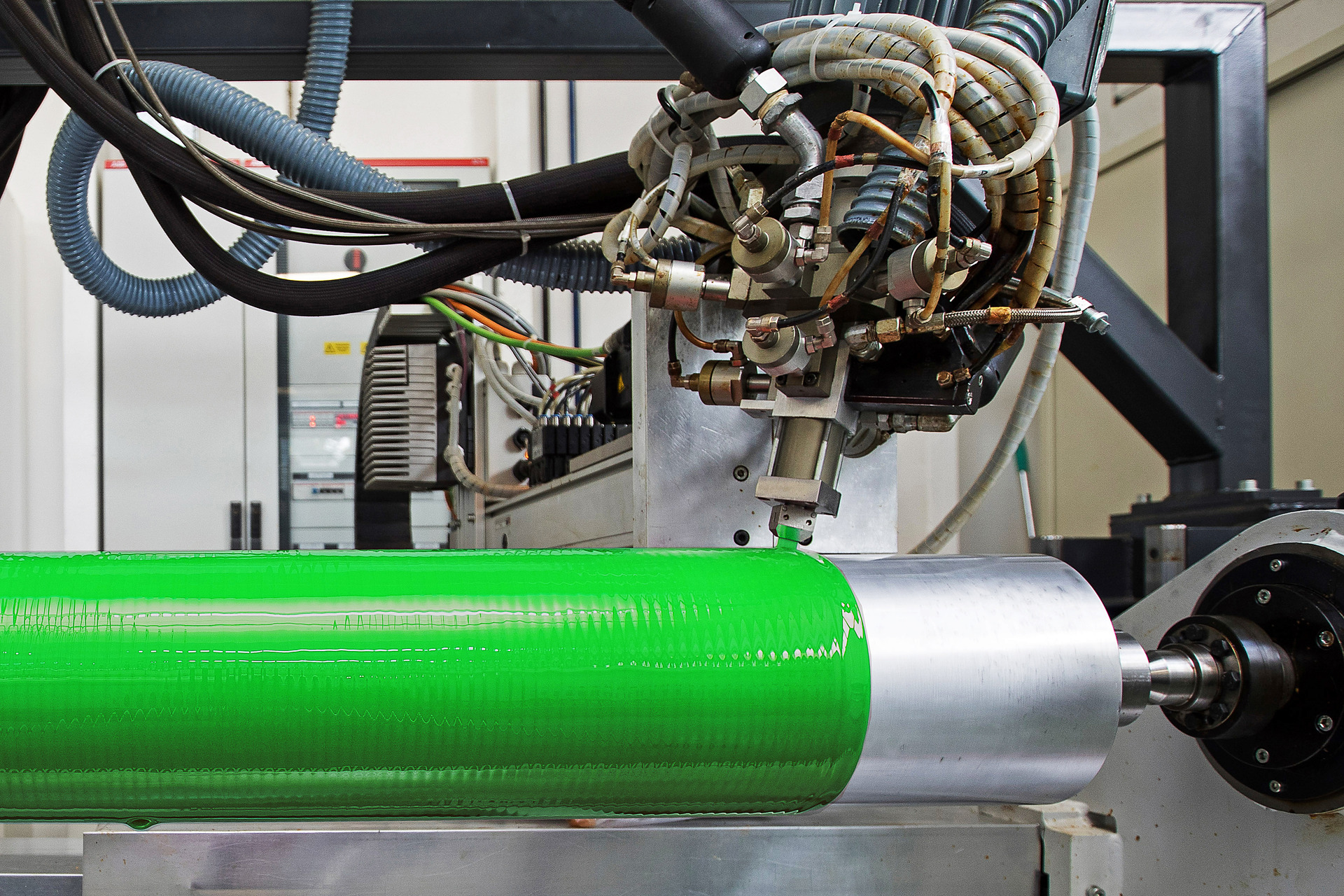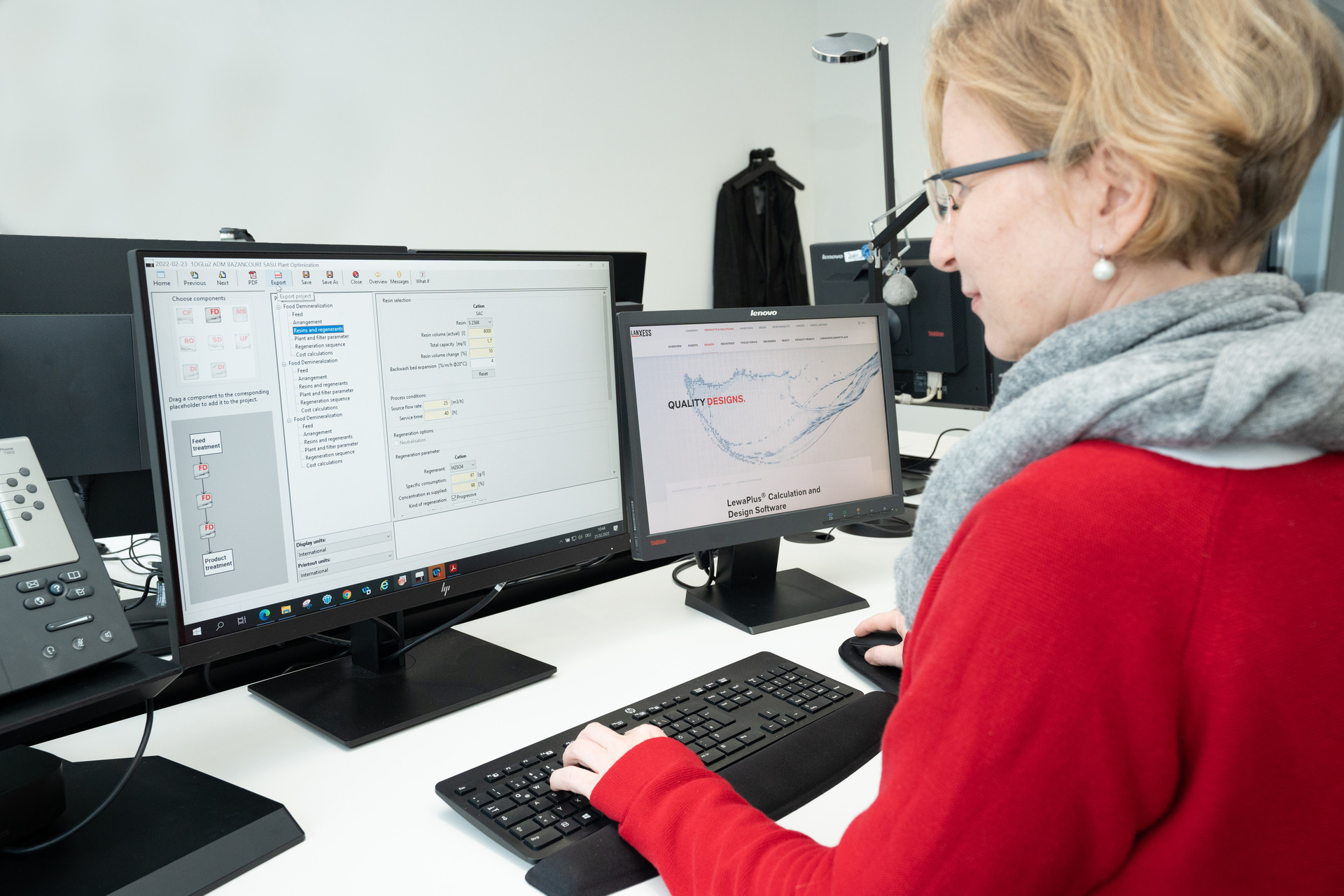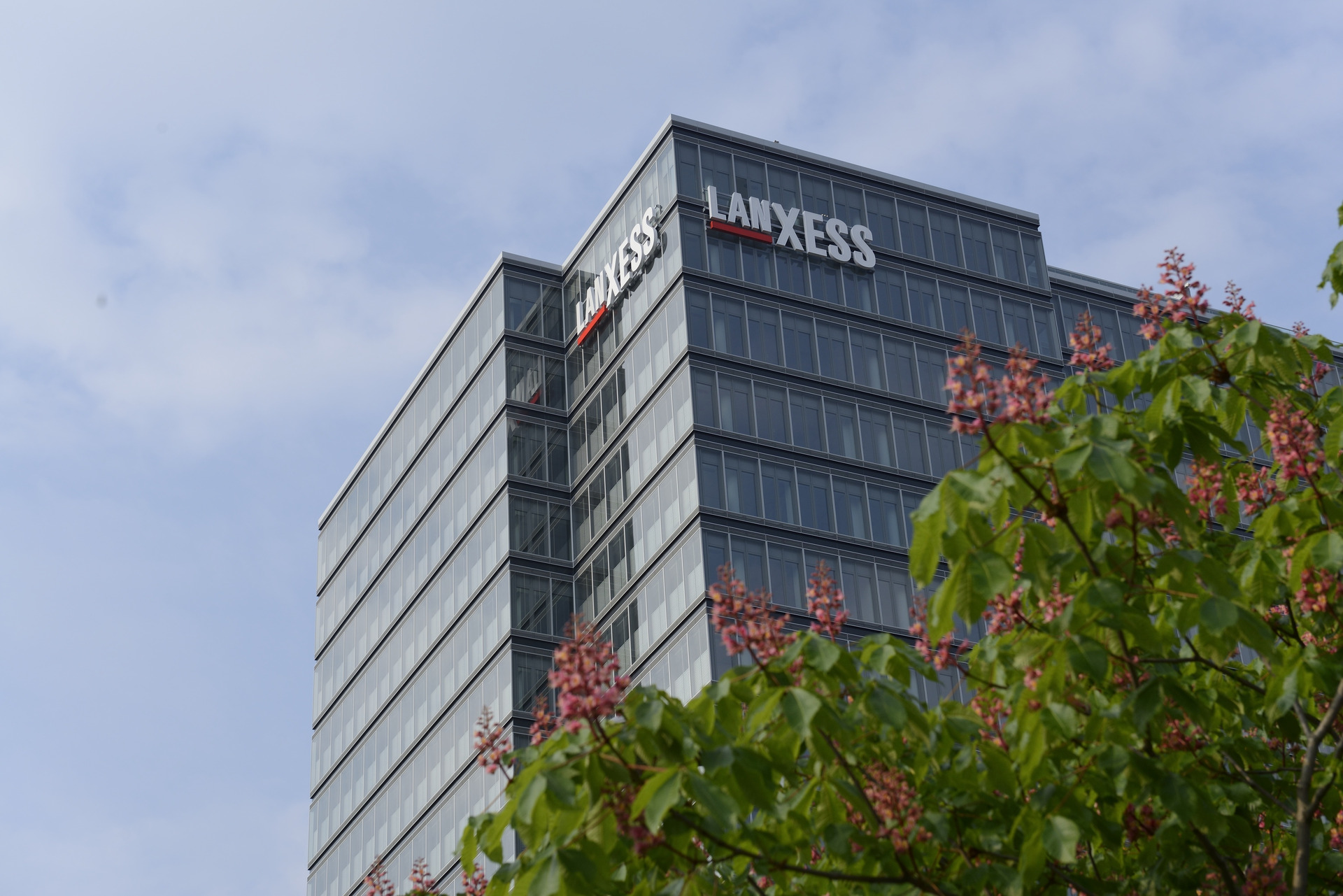LANXESS offers material solutions for radar sensors in driver assistance systems
- High degree of permeability for radar waves
- Hydrolysis-stabilized and dimensionally stable materials
- Cost-effective production using laser transmission welding
Modern cars are now equipped with numerous advanced driver assistance systems (ADAS) and corresponding sensors in ever-increasing numbers. ADAS improve the safety of all road users and are paving the way for highly and fully automated driving. According to German statistics platform Statista, the ADAS market will achieve a volume of USD 32 billion (around EUR 28 billion) in 2023. Annual growth is expected to be 17 percent.
“ADAS radar sensors and their housings in particular are an attractive field of application for our polybutylene terephthalate (PBT) and polyamide compounds. We have a wide product range that meets the desired technical requirements for this area. These include good radar transparency and dimensional stability, good laser welding behavior and also excellent mechanical properties for fastening the sensors in the vehicle safely and durably,” explains Dr. Christopher Hoefs, ADAS expert at the High Performance Materials (HPM) business unit at LANXESS.
Good signal transmission at higher radar frequencies
ADAS sensors monitor the entirety of a vehicle’s surroundings. Their operation is based on electromagnetic waves such as radar or laser beams (LiDAR), ultrasound or using imaging techniques, which has a significant bearing on the material chosen for the sensor housing. For example, it is essential for the front of a radar sensor housing, also referred to as the radome, to be permeable to radar beams. In order to minimize radiation losses, the material for the radome must have a low dielectric constant (Dk) and loss factor (Df). For this purpose, LANXESS has carried out extensive tests on numerous compounds in its range, including measurements of one-way attenuation and specific transmission and reflection as a function of frequency and material thickness. “We have numerous PBT types with Dk and Df values that make them suitable for use with the ADAS radar frequencies of 77 to 81 gigahertz that are increasingly being used,” says Hoefs.
Hydrolysis-stable and transparent to lasers at the same time
Depending on where the sensor is installed, the plastic for the housing must be extremely resistant to hydrolytic degradation. With the Pocan XHR series, LANXESS has PBT compounds at its disposal that achieve Class 4 or Class 5 – the top ratings – in the stringent SAE/USCAR2 Rev. 6 long-term hydrolysis tests of the US Society of Automotive Engineers (SAE). At the same time, they are highly resistant to hot air and exhibit high elongation at break values.
The compounds from the Pocan HR series are suitable for less demanding hydrolysis stability requirements. These include the fiberglass-reinforced Pocan B3233HRLT compound, which is both transparent to lasers and highly resistant in hot and humid environments, which are usually mutually exclusive properties. “This material is very well suited to joining housing components of radar or camera sensors cost-effectively using laser transmission welding, for example,” says Hoefs.
HiAnt – customer service that pays off
LANXESS assists manufacturers of ADAS technologies with an extensive range of HiAnt services, ranging from joint concept development for the design of components and material optimization through to cutting-edge methods in computer-aided engineering (CAE) for precisely predicting mechanical and thermal properties of components. “We also provide our partners with material data. For example, in addition to the respective Dk and Df values of compounds, developers of radar sensors receive data on the relationship between the specific transmission and reflection on the radar frequency and test body thickness,” explains Hoefs.
You can find more detailed information about products for ADAS technology from LANXESS at https://lanxess.com/en/Products-and-Solutions/Focus-Topics/LANXESS-e-Mobility/Advanced-Driver-Assistance-Systems.
All news releases from LANXESS regarding K 2022 are available at https://lanxess.com/K2022/Press.
Information for editors:
All global LANXESS news releases and their accompanying photos can be found at http://press.lanxess.com.
Recent photos of the Board of Management and other LANXESS image material are available at http://photos.lanxess.com.
